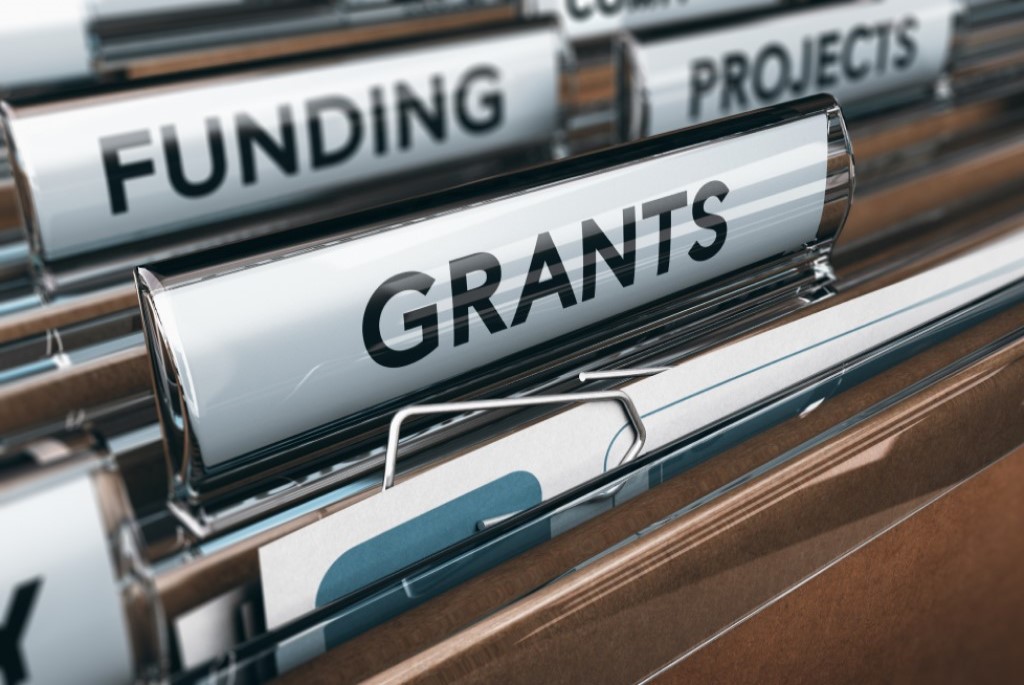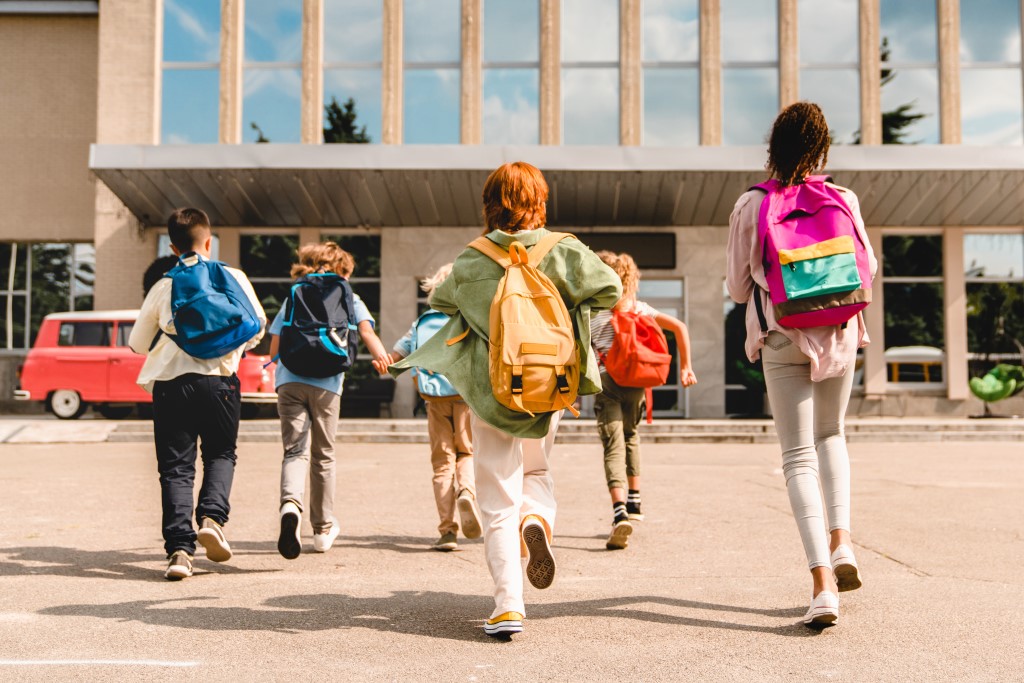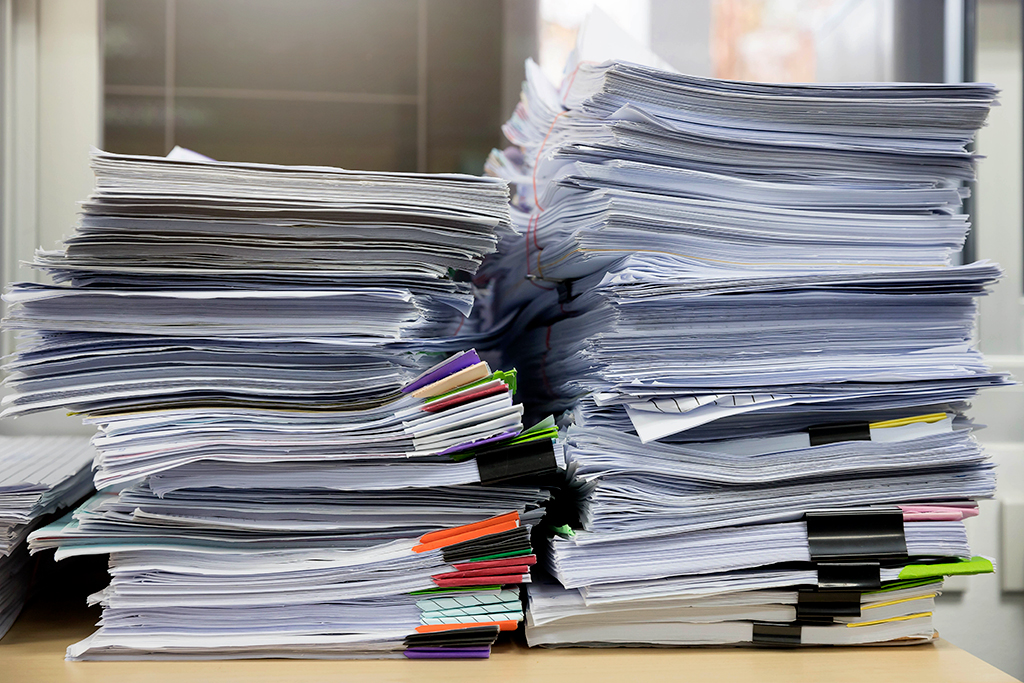Effective May 21, 2023, P&N has joined EisnerAmper. Read the full announcement here.

The final rule, which takes effect on April 1, 2022, enables state and local governments to meet immediate pandemic response needs and promote long-term recovery.
On January 6, 2022, the U.S. Department of the Treasury issued the final rule for the Coronavirus State and Local Fiscal Recovery Funds (SLFRF) program, enacted as a part of the American Rescue Plan, which delivers $350 billion to state, local, and Tribal governments to support their response to and recovery from the COVID-19 pandemic. The SLFRF program provides financial resources to help governments:
- Fight the pandemic and support families and businesses struggling with its public health and economic impacts,
- Maintain vital public services, even amid declines in revenue, and
- Build a strong, resilient, and equitable recovery by making investments that support long-term growth and opportunity.
What was implemented in the early stages of the program?
Recipients of funds were encouraged to begin using funds under the interim final rule, which was released in May 2021. Governments have been spending these funds to address the COVID-19 pandemic and its economic effects, including by expanding access to testing, vaccines, replacement of lost revenue, making investments in broadband, water, and sewer infrastructure, and taking other steps to protect their communities--including those that are high-risk and underserved.
Related article: American Rescue Plan Act - Recovery Funds for State and Local Governments
What is the final rule?
The final rule serves as the Treasury Department’s administrative regulation for the Coronavirus State and Local Fiscal Recovery Program. This program is the result of extensive dialogue with stakeholders, including recipient governments, and is designed to enhance the capacity of state, local, and tribal governments to meet immediate pandemic response needs and promote long-term recovery. The final rule provides state and local governments with increased flexibility to pursue a wider range of uses, as well as greater simplicity so governments can focus on responding to the crisis in their communities and maximizing the impact of their funds.
When will the final rule take effect?
The final rule takes effect on April 1, 2022. Prior to that time, recipients may take actions and use funds in a manner consistent with the final rule, and the Treasury will not take action to enforce the interim final rule if a use of funds is consistent with the terms of the final rule, regardless of when the SLFRF funds were used. More information is available within the Treasury’s Statement Regarding Compliance with the Coronavirus State and Local Fiscal Recovery Funds Interim Final Rule and Final Rule.
What are the key changes and clarifications in the final rule?
The State and Local Fiscal Recovery Funds Program final rule provides additional clarity and broader flexibility for recipient governments, including:
- Replacing lost public sector revenue: A standard allowance for revenue loss of $10 million is now offered, allowing recipients to select a standard amount of revenue loss or complete a full revenue loss calculation. Recipients that select the standard allowance may use that amount – in many cases their full award – for government services, with streamlined reporting requirements.
- Public health and economic impacts:
- Expands the non-exhaustive list of uses to respond to COVID-19 and its economic impacts, supporting states and localities in their efforts to adapt quickly and nimbly to changing public health and economic needs.
- Clarifies that recipients can use funds for certain capital expenditures to respond to public health and economic impacts, and makes services like childcare, early education, addressing learning loss, and affordable housing development available to all communities impacted by the pandemic.
- Expands set of households and communities that are presumed to be “impacted” and “disproportionately impacted” by the pandemic, thereby allowing recipients to provide responses to a broad set of households and entities without requiring additional analysis.
- Provides a broader set of uses available for these communities as part of COVID-19 public health and economic response, including making affordable housing, childcare, early learning, and services to address learning loss during the pandemic eligible in all impacted communities and making certain community development and neighborhood revitalization activities eligible for disproportionately impacted communities.
- Allows for a broader set of uses to restore and support government employment, including hiring above a recipient’s pre-pandemic baseline, providing funds to employees that experienced pay cuts or furloughs, avoiding layoffs, and providing retention incentives.
- Premium pay: Streamlined options to provide premium pay for essential workers, who bear the greatest health risks because of their service in critical sectors.
- Water, sewer, and broadband infrastructure: The final rule broadens eligible broadband infrastructure investments to address challenges with broadband access, affordability, and reliability, and adds additional eligible water and sewer infrastructure investments, including a broader range of lead remediation and stormwater management projects.
The descriptions provided in this article summarize key provisions of the final rule but are non-exhaustive, do not describe all terms and conditions associated with the use of SLFRF, and do not describe all requirements that may apply to this funding.
What reporting is required?
The final rule solidified the types of reports, reporting levels, and due dates for recipients of the SLFRF. Depending on size of recipient and level of funding, reports will be required on both a quarterly and annual basis and include various information such as project descriptions and expenditures, project status, demographic information of population served, programmatic descriptions, civil rights compliance, and programmatic information. The Treasury Department Compliance and Reporting Guidance offers the following outline of the reporting requirements:

Help is available
P&N’s dedicated professionals are committed to helping our clients understand and leverage the economic relief options available. Please contact us or connect with your P&N advisor to discuss your organization’s questions, concerns, and unique situation.




